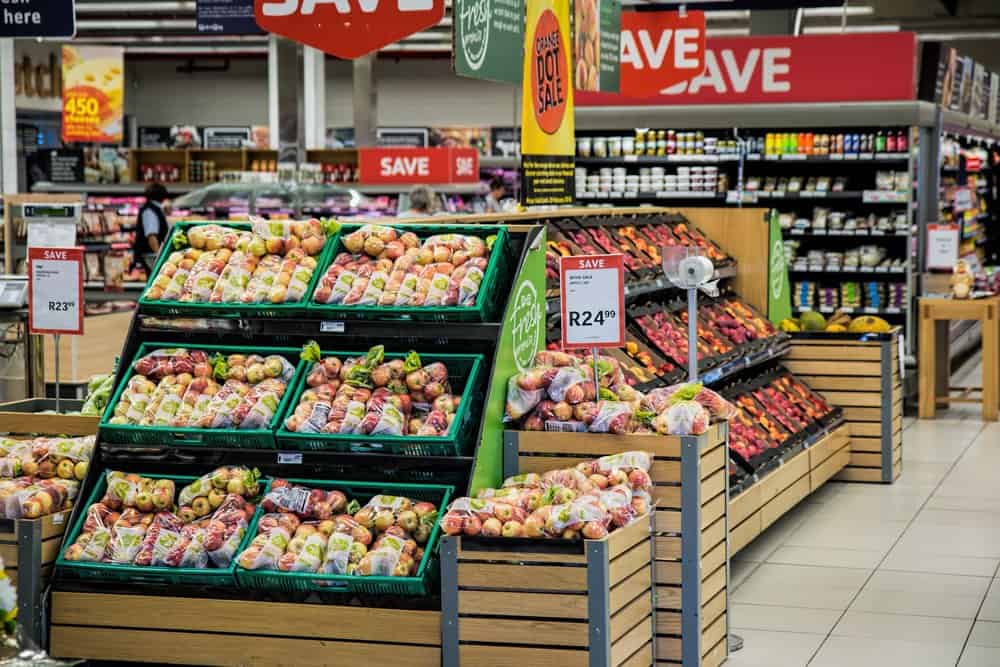
Ever since the ELD mandate in December, there has been a discussion about the inevitability in the inflation of food prices across the country. It does not take an economist to understand the scenario – ELDs enforce hours-of-service (HOS) rules, which is widely seen as a restriction on the trucking community and a limit on the number of hours drivers are on the road, thereby increasing the time it takes for freight delivery. It also reduces the profit margins of fleets and drive up rates, which has been quite evident across the industry over the last couple of months.
The FMCSA defends the introduction of ELDs, saying it helps keep the roads safer by reducing truckers from going behind the wheel when they are fatigued. Data collected by FMCSA on ELD usage in 2014 showed a 12% reduction in the total crash rate. But the report also noted that there was a visible skewing in data towards larger fleet companies, which made the results questionable. Nevertheless, ELDs have been implemented, despite the disputed safety claims.
Looked at a different way, though, and ELD enforcement could inadvertently be creating other issues. With HOS being strictly enforced, drivers might try to make up for lost miles by speeding up, which could escalate frequency of accidents on the road. This does not just end with speeding towards a destination, but extends to finding parking lots during the dying stages of their HOS. The HOS rules are strict, with even a few minutes of driving after the service time expiration being considered a violation. Finding evasive parking lots in a new territory could be a struggle, and might make drivers speed up in the last moments fueled by desperation.
All this ends up with the ELD mandate being a cauldron for an unfolding logistical nightmare. Demand for freight capacity has been going up steadily, courtesy of ELDs and the general lack of adequate truck drivers in the industry. Spot rates have been going through the roof and the situation at the moment sounds rosy for drivers. But on the flip side, the shippers are bearing the brunt by spending a lot more than they used to for freight volumes, which would eventually be passed on to the consumers.
And the hike in food prices is already visible. Fresh produce originating from California, Arizona, and Florida have seen a rise in costs ever since the ELD mandate. Though the mandate came in during the time when demand is generally high leading to elevated prices, this time the prices don’t look like they are going down anytime soon.
The trouble is far from over. Various estimates by ELD companies and firms that work closely with carriers put the ELD compliance rates between 50 to 80%, with compliance rates of smaller fleets dangerously low. The hard deadline on the 1st of April is around the corner, and a lot of such fleets would be forced to comply, potentially leading to further increase in prices. FMCSA had granted a 90-day waiver from the Dec. 18 deadline for ag haulers to comply, which also ends by mid-March, potentially escalating food inflation further.
Six months into this, the industry stares at yet another mandate – this time from the FDA with the FSMA – which requires fleets that carry food to have institutionalized a lot of precautionary measures, including strict temperature controls on their reefers. For example, a truck hauling pasteurized milk must maintain a stipulated temperature throughout its journey between the pickup and destination points. If there is a slight aberration in the freight temperature even for a few minutes – due to varying atmospheric temperatures on the highway – the total freight is deemed to be contaminated, rendering it non-sellable.
Drivers are also responsible for sanitary transportation, with them cleaning the truck every time before and after they haul food items to make sure there is no contamination. The time for cleaning also counts against the 14-hour workday, further worsening the situation.
Add to the mix the rising oil prices, and we have a perfect recipe for inflation. The freight industry plays a vital part in determining the rates of fresh produce, as a major chunk of the costs arise while transporting goods from one end of the country to the other. It is the oblivious consumers who will be hit by the end of this year.
Stay up-to-date with the latest commentary and insights on FreightTech and the impact to the markets by subscribing.











